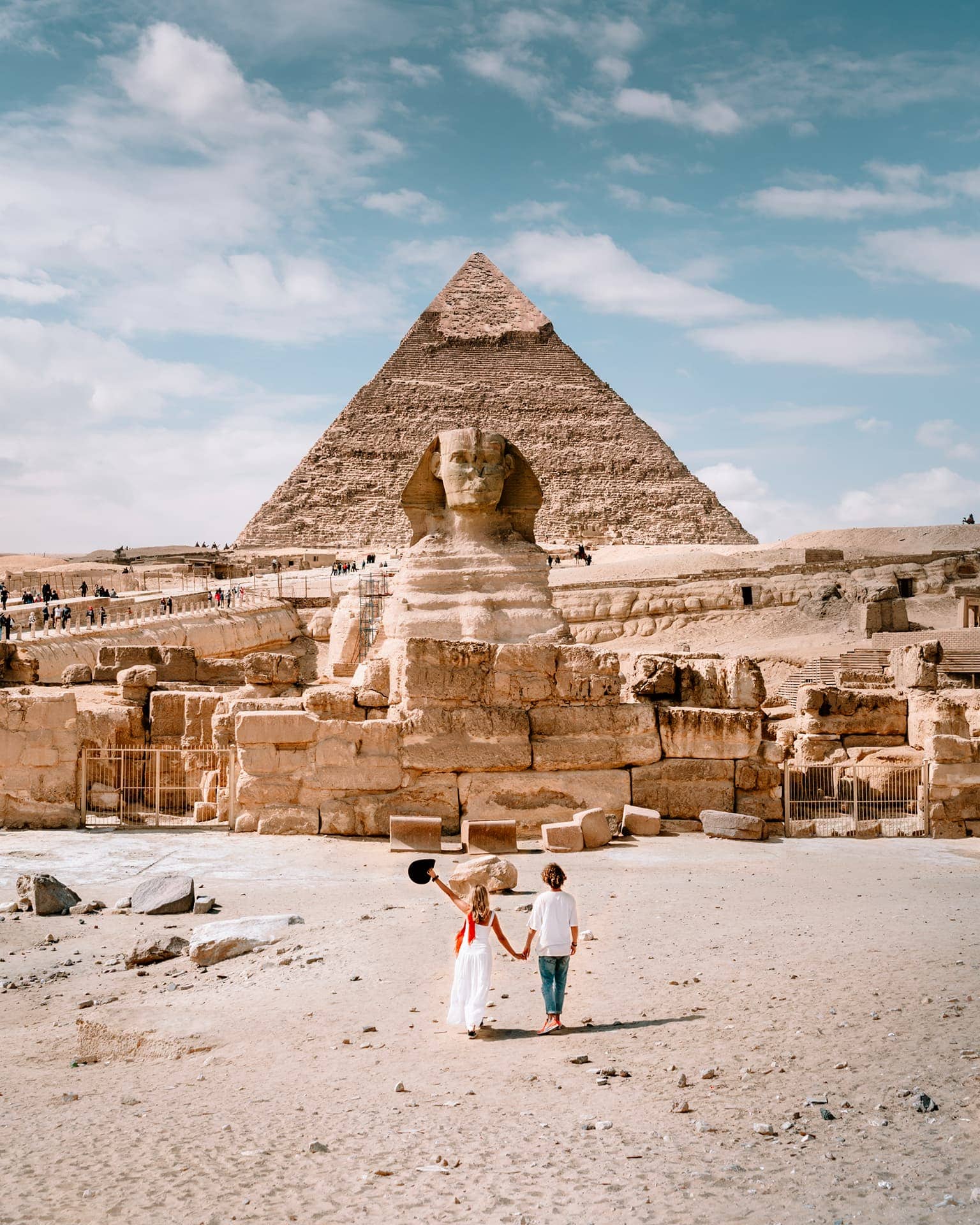Pharaoh Djoser, also known by his birth name Netjerikhet, stands as one of the most revered and significant figures in ancient Egyptian history. Reigning during the early part of the Third Dynasty of the Old Kingdom, approximately around 2700 BCE, Djoser's legacy is primarily associated with his ambitious architectural projects, most notably the construction of the Step Pyramid at Saqqara, a monument that would forever alter the course of Egyptian funerary architecture.
Djoser's reign marked a pivotal moment in Egyptian history, characterized by a period of innovation, cultural advancement, and centralization of power. Under his rule, Egypt witnessed significant developments in administration, economy, and religious practices, laying the groundwork for the grandeur and stability that would define the later dynasties.
One of Djoser's most enduring achievements is the Step Pyramid complex at Saqqara, conceived and executed under the guidance of his chief architect, Imhotep. This monumental structure, consisting of six gradually decreasing mastabas stacked on top of each other, represents the earliest known example of a pyramid in Egypt. Originally intended as a royal tomb, the Step Pyramid complex was surrounded by a vast mortuary precinct, housing temples, courtyards, and ancillary buildings dedicated to the pharaoh's funerary cult.
The construction of the Step Pyramid complex not only symbolized Djoser's divine kingship and eternal reign but also demonstrated Egypt's growing mastery of monumental stone architecture. The use of limestone blocks, carefully cut and precisely stacked, showcased the ingenuity and engineering prowess of ancient Egyptian craftsmen, laying the foundation for the monumental pyramids that would follow in later dynasties.
Beyond his architectural achievements, Djoser's reign was marked by military campaigns, economic reforms, and diplomatic endeavors aimed at expanding Egypt's influence and securing its borders. His successful reign ushered in a period of stability and prosperity, enabling the flourishing of art, literature, and religious practices throughout the kingdom.
Pharaoh Djoser's legacy as a visionary leader and patron of the arts continues to captivate scholars and enthusiasts alike. His name lives on in the annals of history as a testament to the enduring greatness of ancient Egyptian civilization and the remarkable achievements of its rulers. As visitors stand before the towering Step Pyramid at Saqqara, they are reminded of the ambition, innovation, and cultural brilliance that defined the reign of one of Egypt's most illustrious pharaohs.
 English
English











